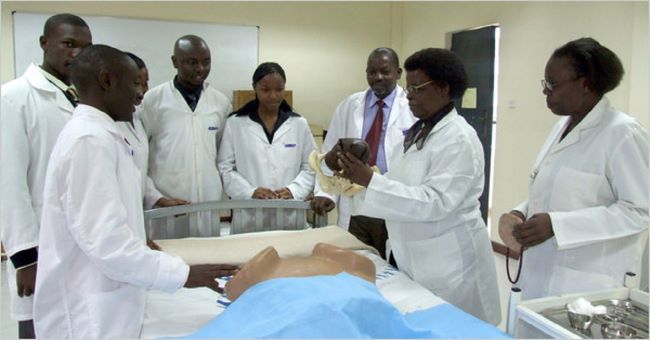Privacy Overview
This website uses cookies so that we can provide you with the best user experience possible. Cookie information is stored in your browser and performs functions such as recognising you when you return to our website and helping our team to understand which sections of the website you find most interesting and useful.


















19, August 2017
Drought leaves 8.5 million Ethiopians hungry 0
Livestock are dying in parts of Ethiopia that are overwhelmingly reliant on their milk as deepening drought pushes up the number of districts in need of life-saving aid by 19 percent, according to a report.
At least 8.5 million people in 228 districts of Ethiopia need urgent food aid in the second half of the year, up from 5.6 million in January, according to the study published on ReliefWeb, a website run by the United Nations.
Ethiopia’s eastern Somali region is one of the country’s worst affected zones and is home to a quarter of the country’s cases of severe acute malnutrition, UN agencies said.
Severe acute malnutrition is a condition that kills up to half of sufferers under five years old.
“The number of districts requiring immediate, life-saving intervention increased to levels not seen since the height of the El Niño drought impacts in 2016,” said the joint report, which was compiled by the UN and the Ethiopian government.
A strong aid response almost halved the number of Ethiopians needing food aid to 5.6 million since mid-2016. But the devastating drought was followed by poor spring rains this year in the southern and eastern parts of the country.
Since the end of last year, about 2 million animals have died in Somali region, which is home to many herding communities, according to the UN Food and Agriculture Organization (FAO).
“For livestock-dependent families, the animals can literally mean the difference between life and death, especially for children, pregnant and nursing women for whom milk is a crucial source of nutrition,” FAO said in a statement last week.
The UN agency is helping the worst hit communities to protect their remaining livestock with vaccinations, supplementary feed and water, and improved fodder production.
“It is crucial to provide this support between now and October – when rains are due – to begin the recovery process and prevent further losses of animals,” said Abdoul Karim Bah, FAO’s deputy representative in Ethiopia.
(Source: Reuters)